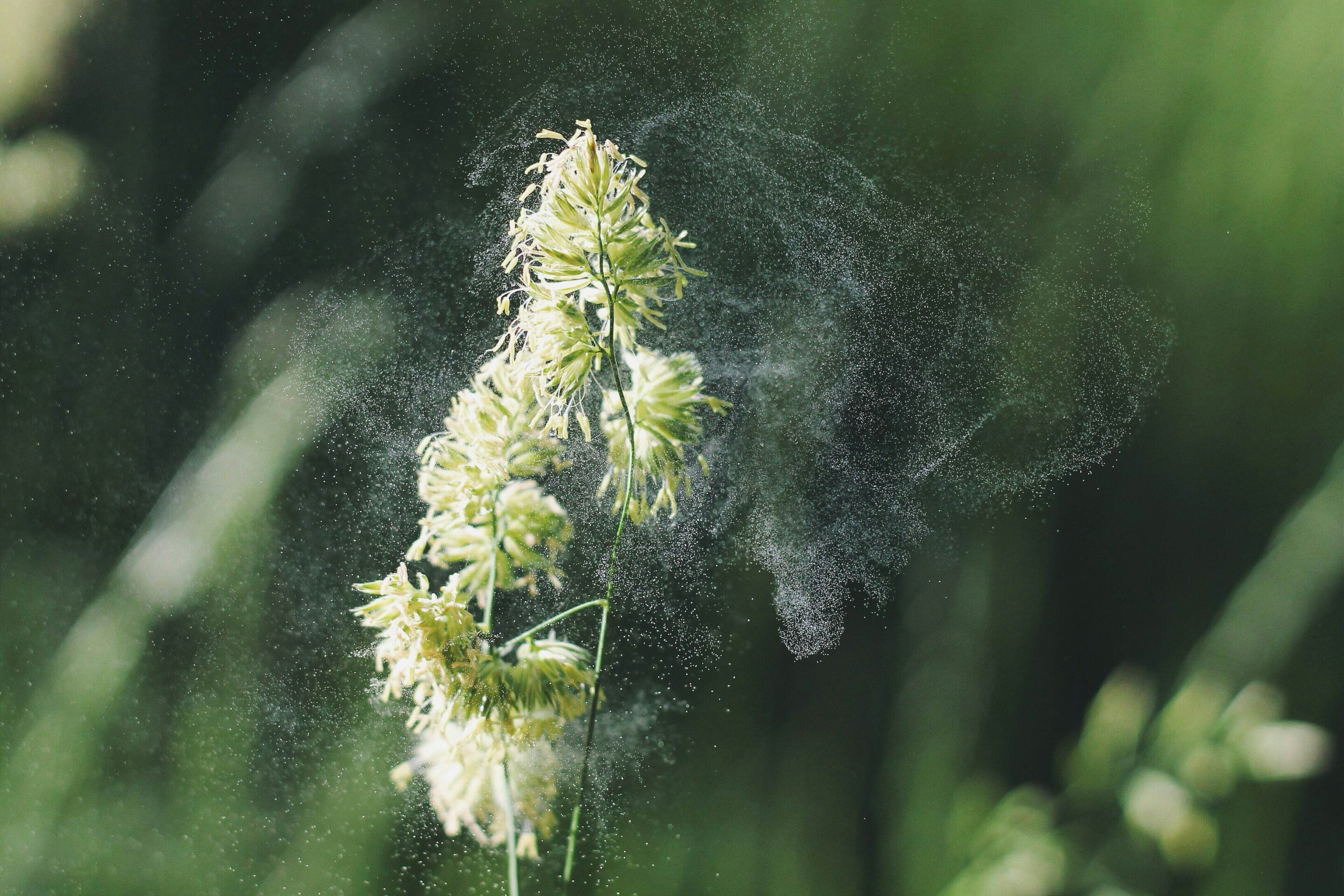Pollen is emitted during the day, primarily driven by the model’s simulated winds. At night, emissions stop and pollen concentrations drop as the particles deposit to the ground.
Rain also tends to cleanse the air and reduce pollen counts, although cold downdrafts created by thunderstorms can concentrate pollen particles, making itchy eyes or asthma worse.
Humidity, and even lightning can break up pollen particles into smaller fragments, making them easier to inhale and modifying their ability to influence weather.
Unlike other models, RAP-Chem also accounts for the influence pollen, dust and smoke can have on weather. Pollen grains, like other suspended particles, can scatter sunlight, serve as seeds to form clouds, and affect temperature, visibility and precipitation.


